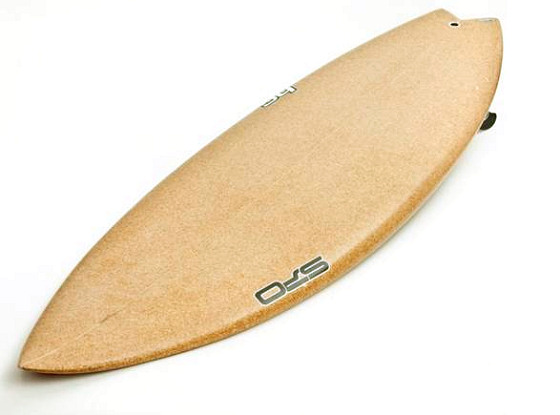When Archimedes designed the first buoyancy principle, he simply must have been thinking of how to get a surfboard into the water.
"Any object, wholly or partly immersed in a fluid, is buoyed up by force equal to the weight of the fluid displaced by the object," stated the Greek mathematician.
Today, computers do their job quite well.
From the first surf on, board shapers have been testing materials in ever-progressive attempts to acquire top performance, lighter weight, efficient design, and resistance to impact.
Nowadays, scores of casual surfers understand the basics of how to shape a standard surfboard.
When building the perfect formula for a champion, however, the choice of materials and how to shape them is a much more complex process.
If you are simply interested in having fun, why don't you try to shape a cork surfboard; if you can find cork, that is.
Cork boards are very rare, they float exceptionally well, and they are not very heavy.
Cork is hard to source, as the trees can only be extracted from the Southwestern countries of Europe and in the North of Africa.
Cork is Great
Portugal produces 50 percent of the world's cork (and also has great surfing conditions).
You can also try wooden surfboards, such as balsa.
Less easy to shape than cork, these were some of the first mass-produced boards on the market.
Today, most surfboards are made of polyurethane, a consequence of balsa wood shortages in the first half of the 20th century paired with a growing interest in the sport.
In response to environmental concerns over the non-biodegradable nature of polyurethane, recent alternatives - such as the use of epoxy - have been investigated by many of the larger surfboard companies.
And hey, if you're crazy enough, why don't you try a light polystyrene surfboard?
Prove to yourself that it works by testing your prototype on a head-high wave. Still not happy?
Try the polyvinyl chloride (PVC) surfboard; or Plexiglas, a transparent thermoplastic that will let you check whether there's a reef under there or if it's only sand.
Learn how to shape a surfboard.
